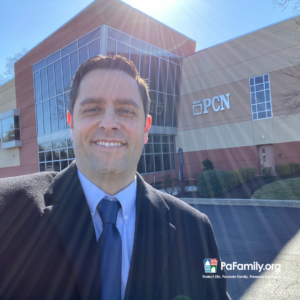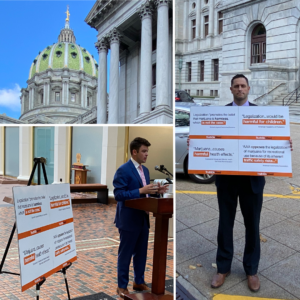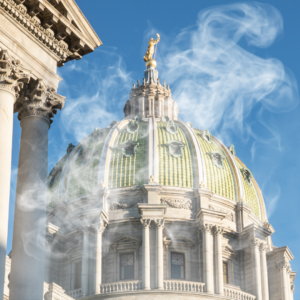States experimenting with non-medical marijuana legalization are seeing the significant consequences of their experiment; including the rise in use by young people using high-potency marijuana.
The University of Washington found that “young people are more vulnerable to high THC products, especially for developing cannabis use disorder.” They also found that not only young adults, but people with lower incomes, racial and ethnic minorities, and those reporting poor mental health are more likely to use a large amount of THC concentrate in one hit; a method which carries increased risks.
Now, if we truly want to protect our children and communities from the in-your-face marketing and proliferation of high-potency marijuana products, the best solution is to never invite this environment of commercialization – which comes with full legalization of marijuana for non-medical use – in the first place.
Two years ago, with Washington State witnessing these developing problems, their state legislature directed the University of Washington’s Addictions, Drug & Alcohol Institute “to identify areas of common ground and consensus, and develop recommendations for state policies related to cannabis concentration and mitigating detrimental health impacts.”
In their recently-released final report, they describe the problem:
“There is a wide variety of high-THC products or concentrates. These include wax, shatter, hash oil, and more. These products are manufactured to contain much higher concentrations of THC than what is naturally found in the plant. Cannabis flower in WA contains an average of 15-20 percent THC, while concentrates have 60-90 percent THC. Concentrates are very popular among young consumers because they are heavily advertised, low-cost, potent, and widely available…. The greater the THC concentration, the more likely people will experience negative health effects.”
The report makes several recommended changes related to non-medical use of high THC products, including:
- Taxing High THC Marijuana: Implement a sliding-scale excise tax based on levels proportional to total THC content in products with greater than 35 percent THC concentration. “We expect that adoption of such policies will discourage market trends toward higher THC products.”
- Prohibit Advertising of High THC Products: “Various studies have shown that youth are often exposed to cannabis ads in store front posts, billboards, magazines, online, and in social media. Youth who see these ads are more likely to use cannabis or say they have intention to use it in the future.”
- Raise the Legal Age Limit to 25: The developing science continues to show the human brain does not fully develop until the age of 25. Limiting the legal age of marijuana use to age 25, instead of age 21, would coincide with this scientific evidence. “Young adults under the age of 25 are at risk for health impacts from high THC products. These impacts include higher chances of developing cannabis use disorder, transient panic attacks and psychotic episodes, and a much increased risk of developing a lifelong psychotic disorder such as schizophrenia.”
Here in Pennsylvania, while to-date no bill for non-medical legalization has been formally introduced, last year’s bill by Rep. Dan Frankel (D-Allegheny) did not include any of these three recommendations. This bill would have set a legal age at 21 and there were no marketing bans or excise tax levels specifically on high-potency marijuana.
Again, these recommendations were made in a state already experimenting with full legalization. If we truly want to protect our children and communities from the in-your-face marketing and proliferation of high-potency marijuana products, it would be wise to oppose efforts to legalize marijuana for non-medical use.





